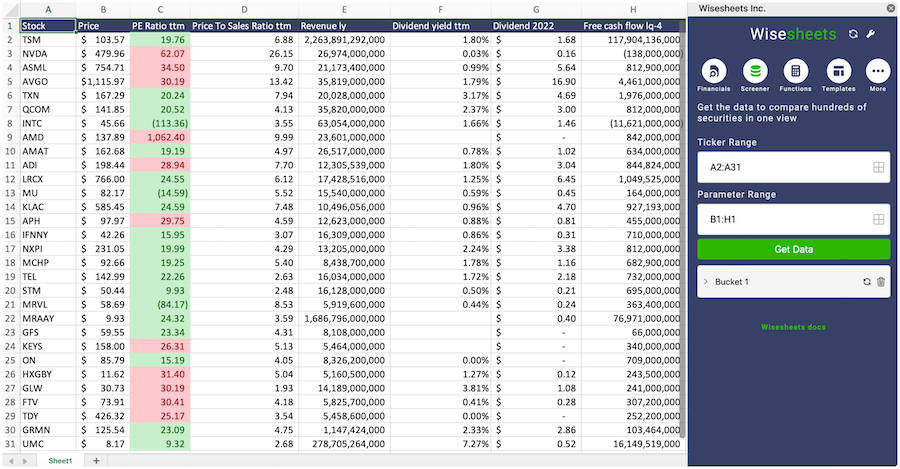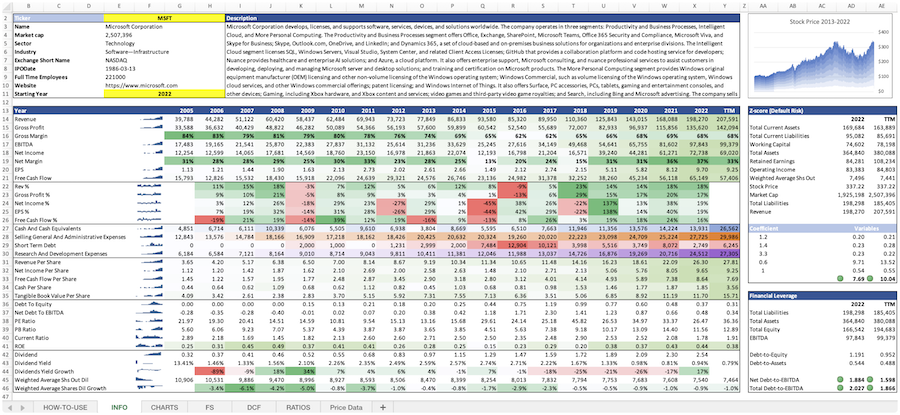BRF S.A.
BRFS3.SA
Price:
$17.95
Market Cap:
$28.75B
BRF S.A. focuses on raising, producing, and slaughtering poultry and pork for processing, production, and sale of fresh meat, processed products, pasta, margarine, and other products. The company's product portfolio comprises meat products, including frozen whole and cut chicken, frozen pork, and beef; processed food products, such as marinated, frozen, whole and cut chicken, roosters, turkey meat, sausages, ham products, bologna, frankfurters, salamis, bacon, cold meats, other smoked products, chicken sausages, chicken hot dogs, and chicken bologna; and frozen processed meats comprising hamburgers, steaks, breaded meat products, kibbeh, and meatballs. It also produces and sells frozen prepa...[Read more]
Industry
Packaged Foods
IPO Date
2000-01-03
Stock Exchange
SAO
Ticker
BRFS3.SA
PE Ratio
[8.16]
ROE
[22.23%]
Current Ratio
[1.52]
Dividend Yield
[14.86%]
Enterprise Value
[39.47B]
Dividend History
The PE Ratio as of December 2025 (TTM) for BRF S.A. (BRFS3.SA) is 8.16
According to BRF S.A.’s latest financial reports and current stock price. The company's current PE Ratio is 8.16. This represents a change of -22.85% compared to the average of 10.58 of the last 4 quarters.
BRF S.A. (BRFS3.SA) Historical PE Ratio (quarterly & annually)
How has BRFS3.SA PE Ratio performed in the past?
The mean historical PE Ratio of BRF S.A. over the last ten years is -3.87. The current 8.16 PE Ratio has changed -21158.26% with respect to the historical average. Over the past ten years (40 quarters), BRFS3.SA's PE Ratio was at its highest in in the September 2016 quarter at 650.31. The PE Ratio was at its lowest in in the March 2020 quarter at -66.38.
Average
-3.87
Median
4.50
Minimum
-103.45
Maximum
43.18
BRF S.A. (BRFS3.SA) PE Ratio by Quarter and Year
Discovering the peaks and valleys of BRF S.A. PE Ratio, unveiling quarterly and yearly fluctuations to gain insights into the company’s financial performance and market dynamics, offering valuable data for investors and analysts alike.
Maximum Annual Increase = 269.40%
Maximum Annual PE Ratio = 43.18
Minimum Annual Increase = -759.89%
Minimum Annual PE Ratio = -103.45
| Year | PE Ratio | Change |
|---|---|---|
| 2024 | 12.79 | -244.63% |
| 2023 | -8.84 | 227.90% |
| 2022 | -2.70 | -106.25% |
| 2021 | 43.18 | 269.40% |
| 2020 | 11.69 | -50.14% |
| 2019 | 23.44 | -679.29% |
| 2018 | -4.05 | -84.72% |
| 2017 | -26.49 | -74.39% |
| 2016 | -103.45 | -759.89% |
| 2015 | 15.68 | -39.59% |
BRF S.A. (BRFS3.SA) Average PE Ratio
How has BRFS3.SA PE Ratio performed in the past?
The current PE Ratio of BRF S.A. (BRFS3.SA) is greater than its 3-year, less than than its 5-year, and greater than its 10-year historical averages
3-year avg
0.42
5-year avg
11.22
10-year avg
-3.87
BRF S.A. (BRFS3.SA) PE Ratio vs. Peers
How is BRFS3.SA’s PE Ratio compared to its peers?
BRF S.A.’s PE Ratio is greater than MBRF Global Foods Company S.A. (5.83), less than Atacadão S.A. (10.43), less than Conservas Oderich S.A. (19.62), less than JOSAPAR Joaquim Oliveira S.A. Participações (25.09), less than Excelsior Alimentos S.A. (17.46), greater than Natura &Co Holding S.A. (-2.11), greater than JBS S.A. (7.41), greater than Bombril S.A. (-0.23), greater than Bahema Educação S.A. (-4.59),
| Company | PE Ratio | Market cap |
|---|---|---|
| 5.83 | $27.92B | |
| 10.43 | $17.88B | |
| 19.62 | $142.85M | |
| 25.09 | $253.98M | |
| 17.46 | $222.07M | |
| -2.11 | $14.84B | |
| 7.41 | $86.57B | |
| -0.23 | $172.20M | |
| -4.59 | $119.02M |
Build a custom stock screener for BRF S.A. (BRFS3.SA) and other stocks
One of the best ways to find valuable stocks to invest in is to build a custom made screener in your Excel or Google Sheets spreadsheet. This allows you to compare thousands of companies like BRF S.A. using the financials and key metrics that matter to you in a single view.
The easiest way to set this up is to use the Wisesheets add-on and set your spreadsheet like this:
Covering all these metrics from financial, data, dividend data, key metrics and more you can get all the data you want for over 50+ exchanges worldwide.
Get your free trial here.
BRF S.A. (BRFS3.SA) and other stocks custom spreadsheet templates
The easiest way to analyze a company like BRF S.A. or any others is to create a spreadsheet model that automatically retrieves all of the stock data you need.
Using Wisesheets you can set up a spreadsheet model like this with simple spreadsheet formulas. If you change the ticker you can get all of the data automatically updated for you.
Whether you need live data, historical price data, financials, dividend data, key metrics, analyst estimates, or anything else...Wisesheets has you covered.
Frequently asked questions❓
What is the PE Ratio?
How can you use the PE Ratio?
What is BRF S.A.'s PE Ratio?
How is the PE Ratio calculated for BRF S.A. (BRFS3.SA)?
What is the highest PE Ratio for BRF S.A. (BRFS3.SA)?
What is the 3-year average PE Ratio for BRF S.A. (BRFS3.SA)?
What is the 5-year average PE Ratio for BRF S.A. (BRFS3.SA)?
How does the current PE Ratio for BRF S.A. (BRFS3.SA) compare to its historical average?

